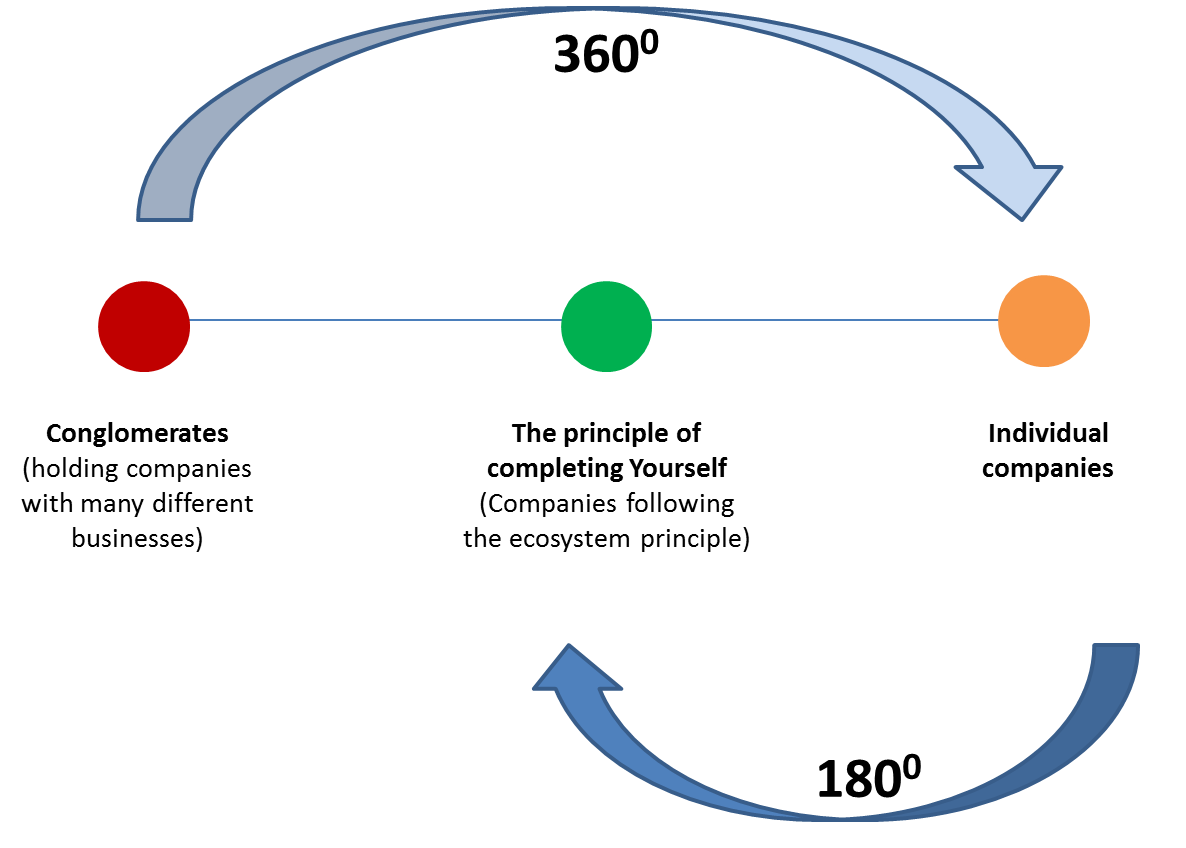The world today is connected, and in newer ways every day. This evolution is requiring businesses to collaborate and explore additional channels to reach and engage with their customers.
In the new age, the partnership models are set to undergo a dramatic transformation. Traditionally, businesses have overcome the problem by making:
- Channel partners (for distribution)
- Field partners (for service)
- Outreach partners (for marketing)
- Technical partners (for manufacturing) and so on.
The intent is to supplement your core capabilities with those that you need help with. However the focus has always been on partners that help you do the core functions better, cheaper and faster.
 Going forward, customer ecosystems will strongly drive partnerships. By ecosystems we mean the wholeness of a customers’ identity, not a specific need that your business seeks to satisfy.
Going forward, customer ecosystems will strongly drive partnerships. By ecosystems we mean the wholeness of a customers’ identity, not a specific need that your business seeks to satisfy.
- Where credit card companies would partner with a retailer to launch a co-branded credit card, they may now be the conduit of daily deals and store coupons to help drive business to the stores.
- Where health & fitness centers had no connection to retailer, they may now partner with health foods manufacturers and retailers to develop joint programs to boost customer engagement and meet a need in total.
These examples are just thoughts of what future may be, but they are not far from reality.
The spectrum of customer needs far exceeds what one organization can offer. Yet, the customers are not limited by the organization and its products. They continue to evaluate and buy products that meet various needs. What this means is that we must move on from joint ventures and partnerships that serve to satisfy the narrow need that your product offerings were intended to serve.
A customer centric view means you must look at your organization and its partnerships through your customers’ eyes.
- When and where are they looking to fit your product category in?
- What products are they fitting in in places that don’t concern your products?
We must dream a little in order to arrive at the truth. The principle of completing yourself is much broader. It’s about anticipating industry disruptions and evolving to meet the needs of the future. The underlying concepts are:
- Create the customer experience from their perspective, not yours
- Do not try to do everything yourself
- Do not focus on a few channels and a few mediums.
When you examine customers (consider yourself for consumer oriented businesses), their needs far extend beyond a single company’s products or services. We generally come up with buyer personas. And then depending on how that persona buys your product, or learns about you, you attempt to inject yourself in the conversation and consideration. The entire exercise is based on analysis of historical information, survey results, focus groups and just plain common sense.
Our approach is thus to try to be noticed by the customer in the right places. We focus on creating interruptions which they may take note of. We send them an email, show them a promotion/price discount, entice them with a free trial, lead with expert advice about our product category or give them a coupon to encourage a future transaction. In all of these methods, what is common is a conversion statistic – we try, and we pray that a certain percentage will convert. And our entire life’s mission is to improve that conversion percentage. I call this the blind approach.
The most complete ecosystem will win the race for customer interest by creating the right partnerships. Therefore a vision for which partners you may need, and how your individual business models will compliment and boost each other must be developed. That vision should then translate to an incremental roadmap with an eye on the competition and evolving trends.
Read more about this and the other 4 principles in my book :”Dancing the Digital Tune: The 5 Principles of Competing in a Digital World“.

Pingback: How to Define Your Story and Purpose? - Dancing The Digital Tune
Pingback: Learnings from the Zero Marginal Cost Society - The Sharing economy - Dancing The Digital Tune
Pingback: Connected customer experiences - Now HorizonbFit! - Dancing The Digital Tune
Pingback: Connected customer experiences - Now HorizonbFit! - Competing In Digital
Pingback: The pursuit of long term customer engagement - Competing In Digital